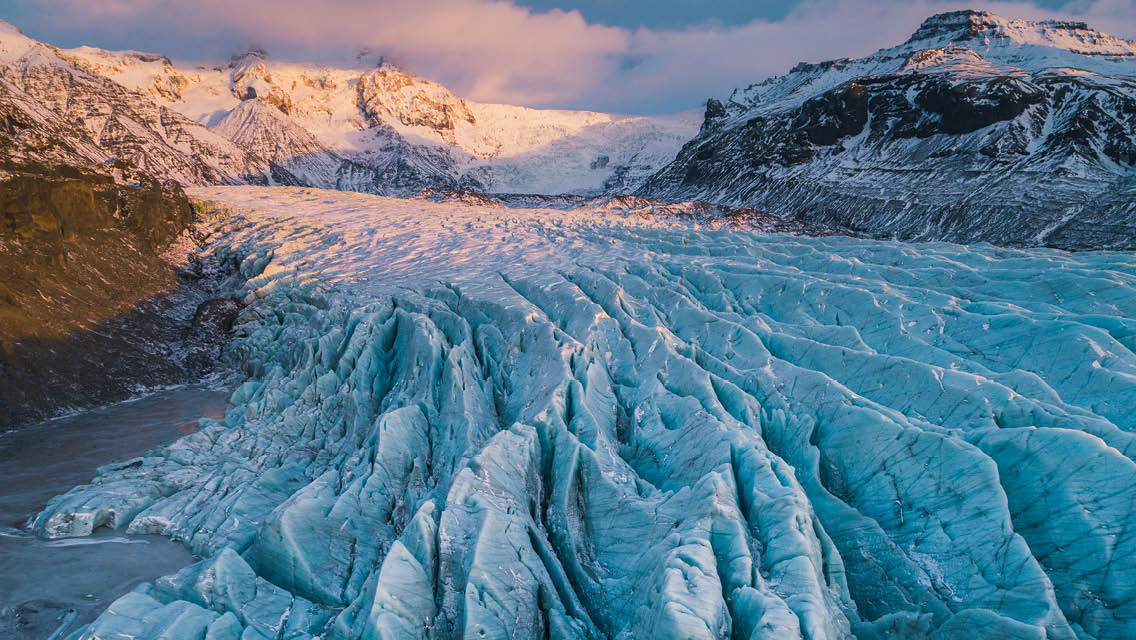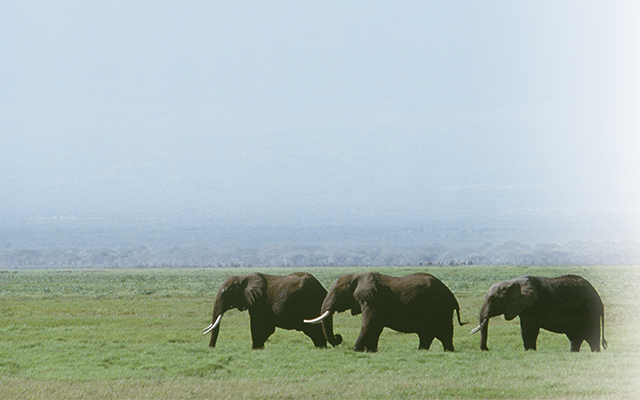Rising temperatures are wreaking havoc everywhere, but especially in the Arctic. In 2018, the National Oceanic and Atmospheric Administration (NOAA) estimated that since 1985, about 95 percent of the Arctic Ocean’s oldest sea ice had melted.
This ice loss has led to the near extinction of polar bears and triggered more extreme winter weather everywhere. It’s also contributing to rising sea levels and increased drought.
According to the nonprofit Arctic Council, temperatures in the region — which covers some 5.5 million square miles — are rising at three times the global annual average.
One organization is proposing a stopgap measure to buy time for researchers seeking to slow rising temps: Until we can cool it all down, make the Arctic ice older. Not colder, but older.
Here’s why: With ice, age brings power. When ice is at least four years old (and especially when it is decades or centuries old), its formidable thickness makes it more durable against the melting effects of sunlight.
By comparison, the paper-thin ice that forms when parts of the Arctic Ocean freeze in autumn is more vulnerable to sun melt, as well as fracture from wind and destruction from waves. When this young ice stops turning into old ice, we’ll be in even bigger trouble than we are now. That’s where the Arctic Ice Project comes in.
“The Arctic is our planet’s heat shield,” says executive director Tom Light. “When the ice melts, you lose that protection, and the open sea water absorbs the sun’s heat. Our technology can stop the ice from melting.”
Their nontoxic covering is made from silica (a compound derived from silicon and oxygen) and looks like fake snow. When used to coat young ice, it protects it from melting so it can age.
“The ice loss in the Arctic is contributing to 25 to 50 percent of global temperature rise,” Light says. “By stopping the melt, we can provide time for the world’s economies to decarbonize and stave off the worst climate risks.”
Learn more about the Arctic Ice Project at: arcticiceproject.org
This was excerpted from “Climate Champions” which was published in the April 2022 issue of Experience Life magazine.





This Post Has 0 Comments